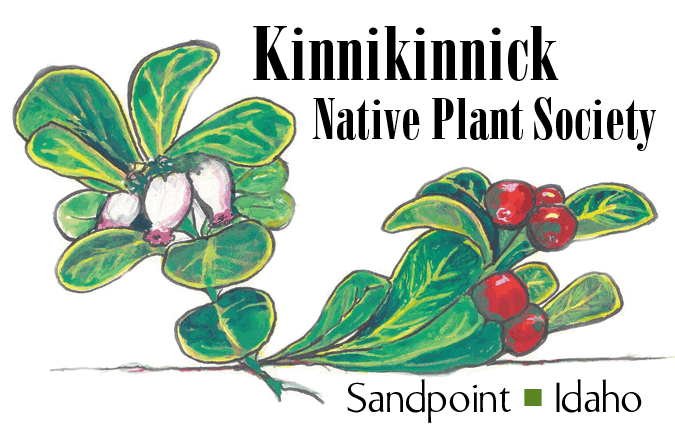Blue Elderberry
(Sambucus caerulea)
Blue Elderberry flower
While late spring brings flat, plate-sized clusters of creamy white flowers to the native Blue Elderberry (Sambucus caerulea, formerly nigra), fall is all about pendulous clusters of dark blue berries. Wildlife loves this rapidly growing, multi-stemmed shrub or small tree which ranges from 6-24 ft. tall. A stand-out in wildlife gardens, its flowers attract pollinators, butterflies and hummingbirds. Blue Elderberry provides food, cover, perch and nesting sites for many species of birds. It is also a popular browse food for black bear, mule deer and elk. In the spring, new leaves may be strongly scented and less tasty, but they sweeten and become more palatable by fall.
A good choice for habitat restoration, Blue Elderberry is tough, easy to grow, and can handle a variety of soil moisture levels, including dry sites once established. It is useful in stemming erosion, stabilizing streambanks and riparian areas below 9,800 ft.
Named for a Greek stringed instrument (sambuca) supposedly made from elder wood, Blue Elderberry has many uses. Native Americans blew glowing embers into flames through the hollow stems, hence the common name “elder” from the Anglo-Saxon “eller” meaning “fire-kindling.” Twigs and lower branches were used to fashion pegs, spindles, flutes, elk whistles, pipes for smoking, and blowguns. The berries produce black or purple dye and stems can be used to make an orange or yellow dye. The species name, caerulea, refers to the fruit's dark blue color.
Blue Elderberry fruit
The plentiful berries are at their best after they've been sweetened by a hard frost. They are gathered from the wild mainly for wine, jellies, jams and syrup. The dark blue berries are often covered with a white/silver bloom or glaucescence. It rubs off easily, though it is safe to eat with the berries when cooked. Eating elderberries raw can cause mild nausea due to the active alkaloids, hydrocyanic acid and sambucine. These alkaloids degrade with heat, so elderberries should always be cooked before consumption. Rich in vitamin-C, Blue Elderberry syrup is a strong immune booster.
The seeds are dispersed by birds and other animals that eat the fruit. Blue Elderberry seeds have a hard seed coat, long embryo dormancy and may remain viable for up to 16 years.
In the North Idaho Native Plant Arboretum, Blue Elderberry grows near the Medicinal Garden. Open to the public, parking for the Arboretum is at 611 S. Ella Ave. or on the street.
Blue Elderberry is described on page 76 of the KNPS publication, Landscaping with Native Plants in the Idaho Panhandle, available at local bookstores and the Bonner County History Museum.
Native Plant Notes are created by the Kinnikinnick Native Plant Society. To learn more about KNPS and the North Idaho Native Plant Arboretum, explore www.nativeplantsociety.org.


